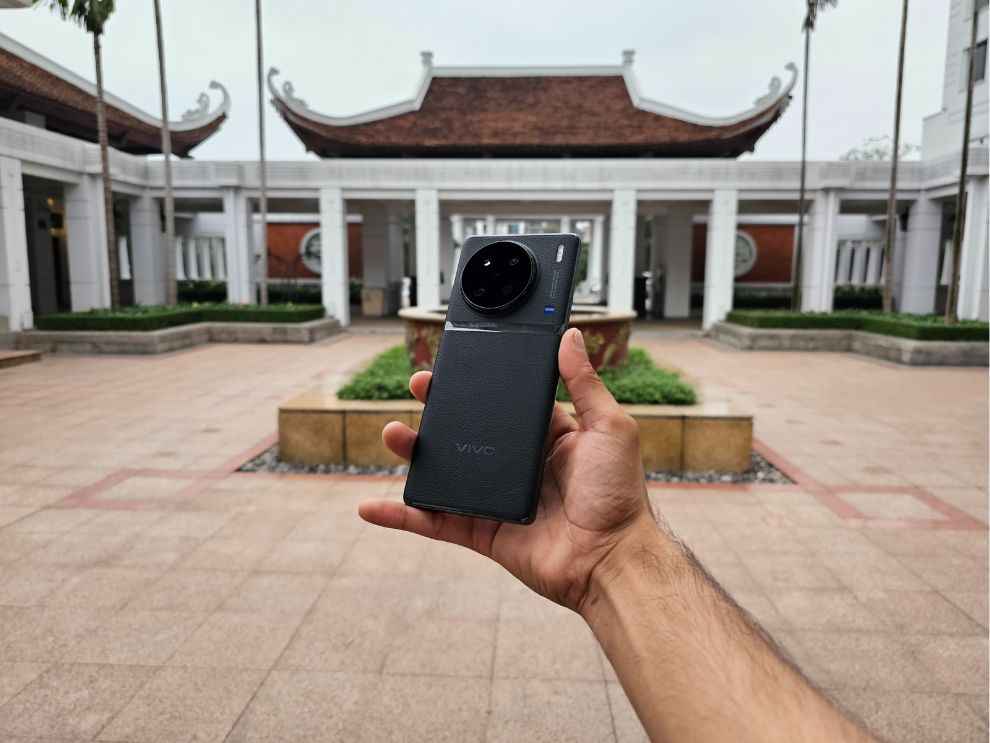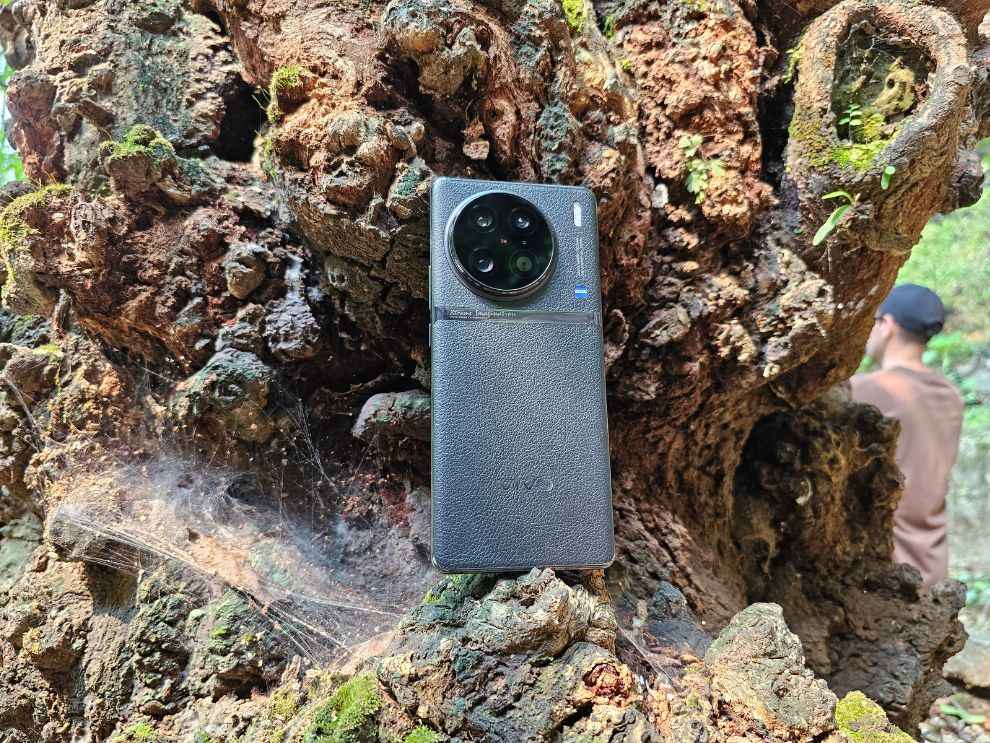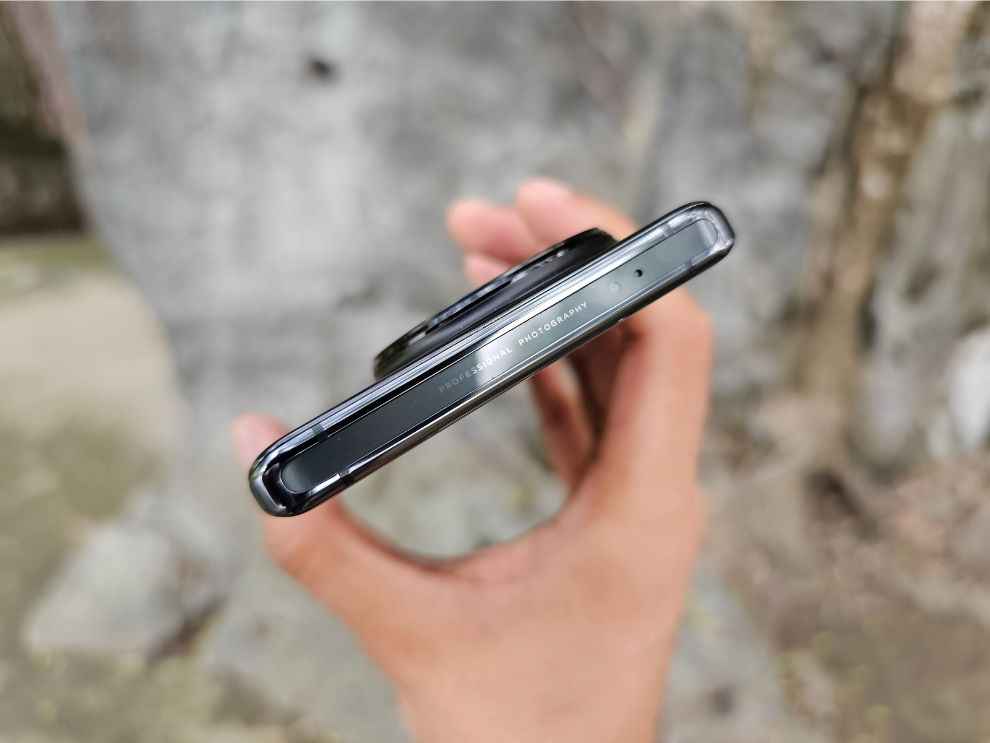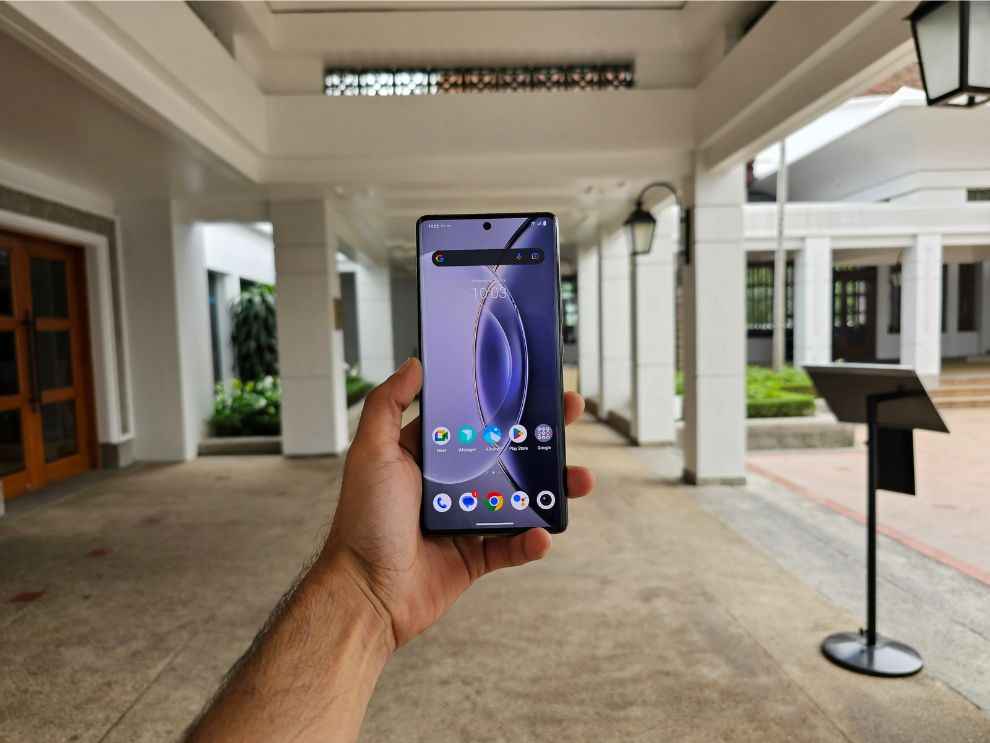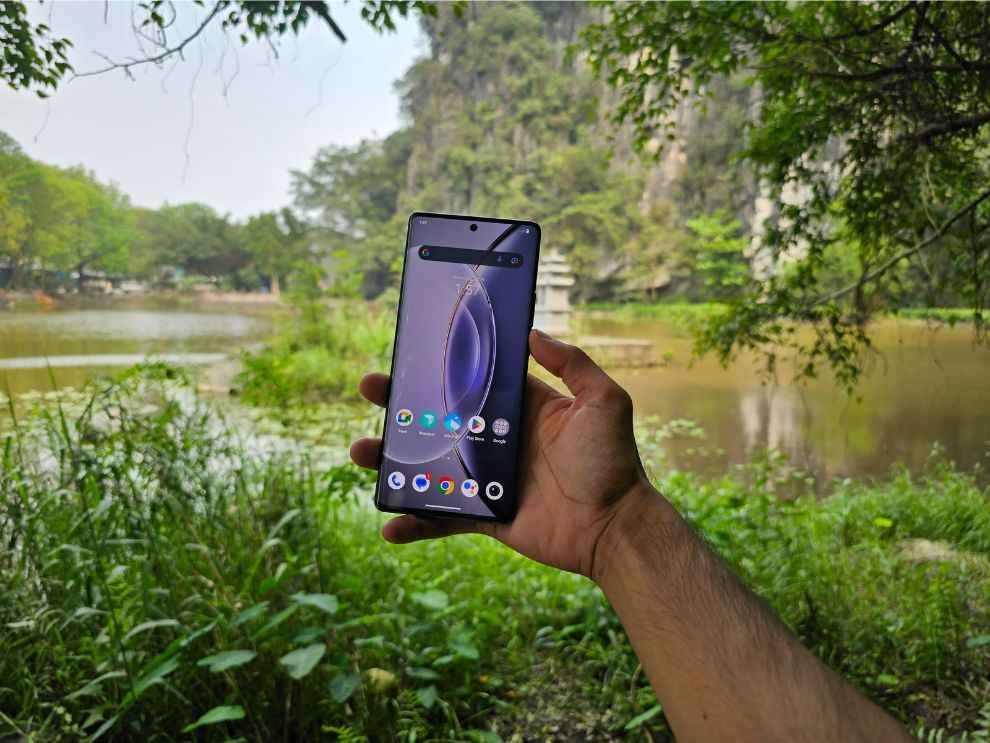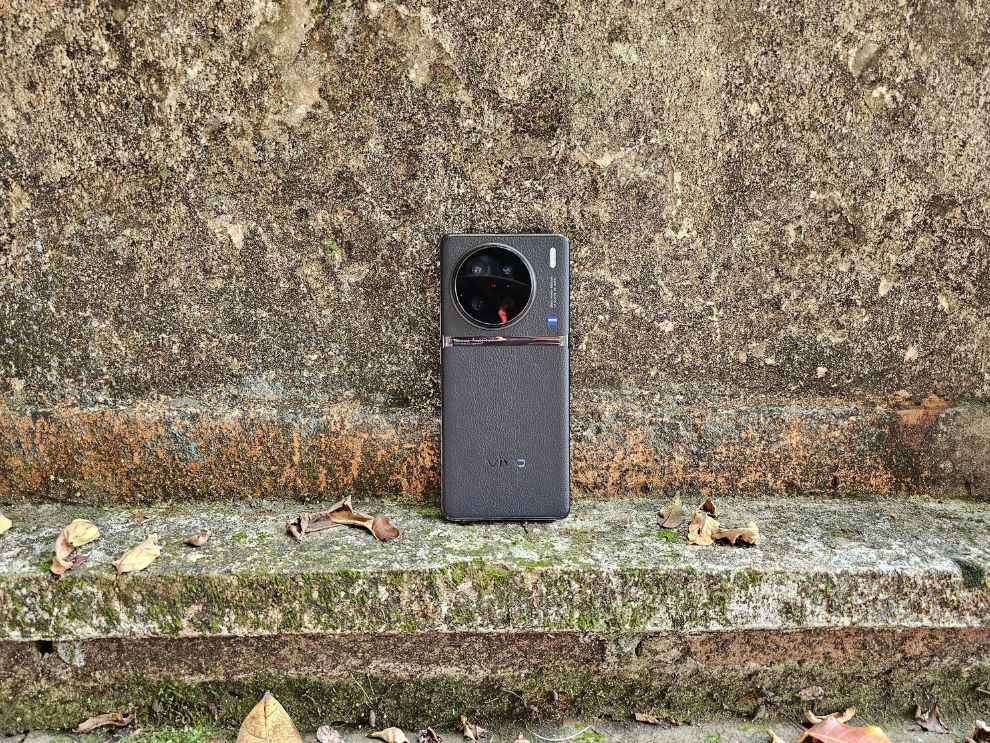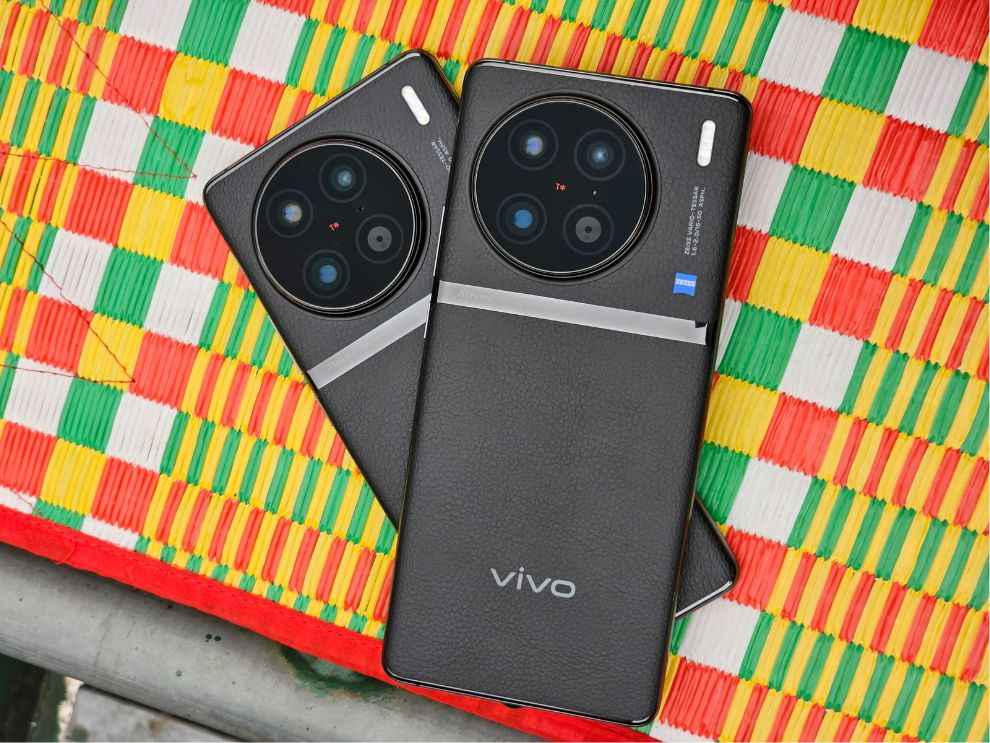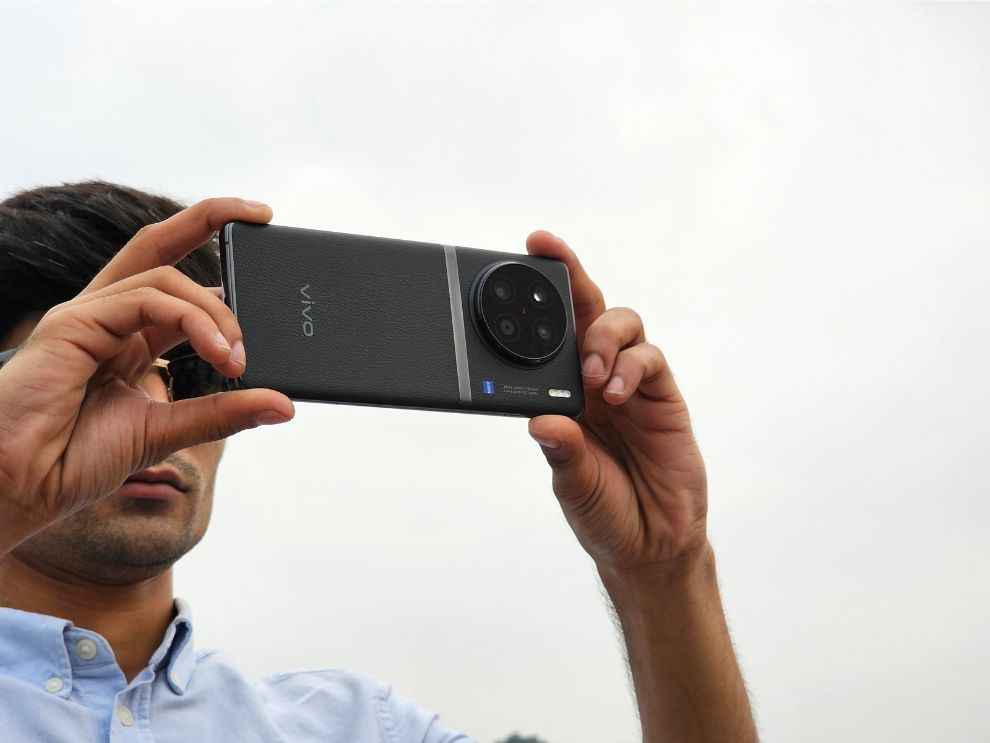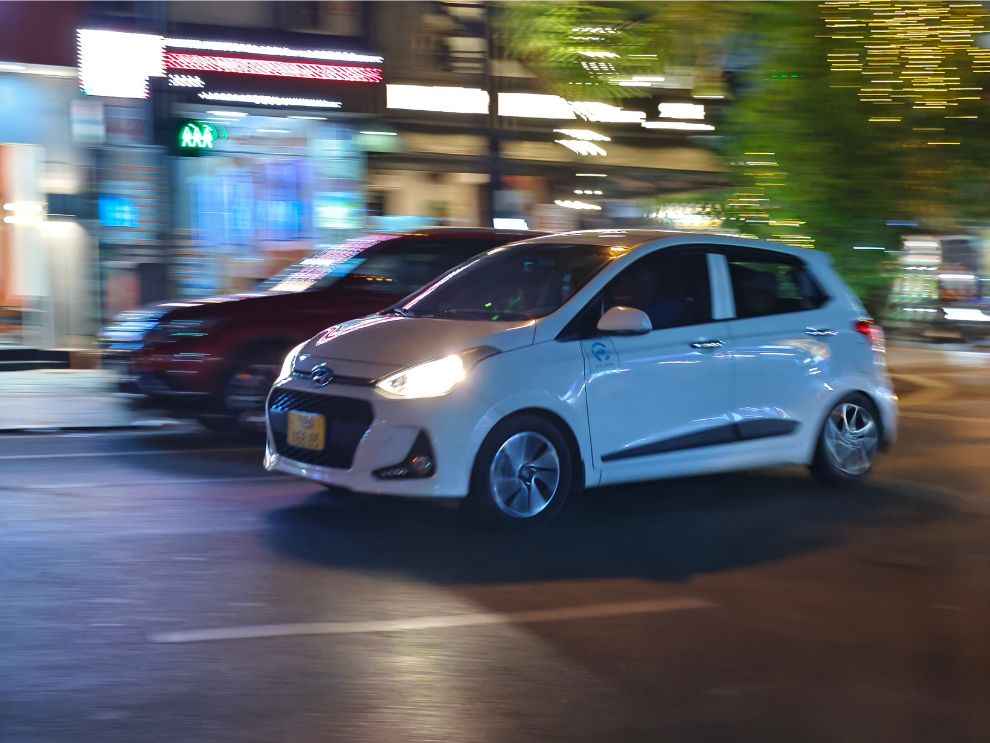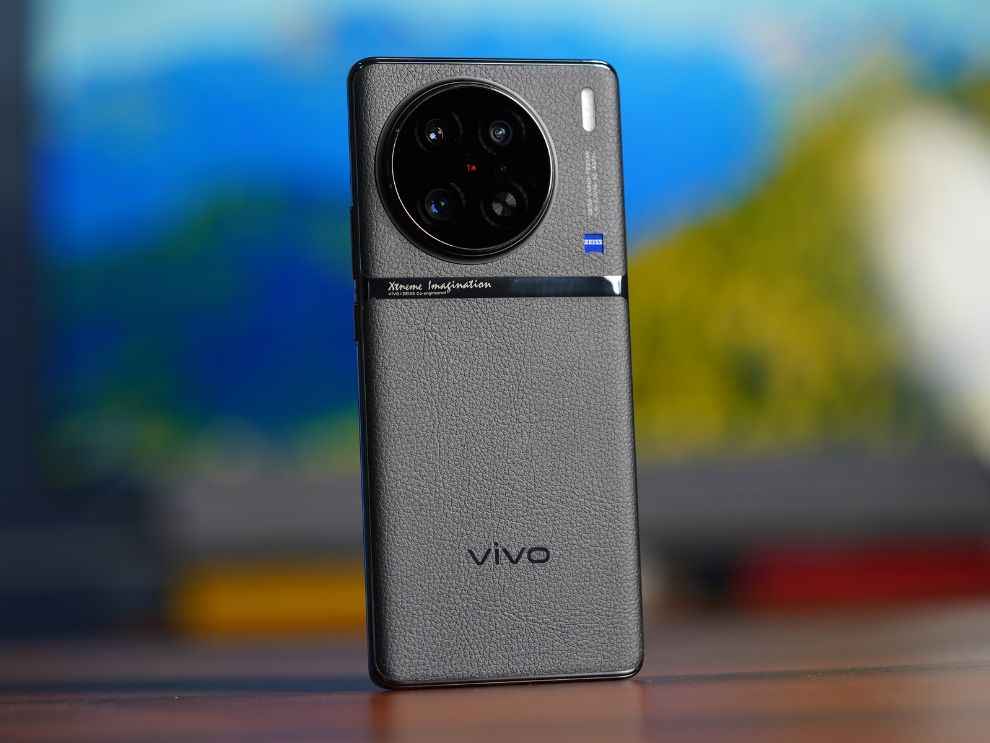Vivo X90 Pro Review : If Zeiss ever made a phone, this would be it
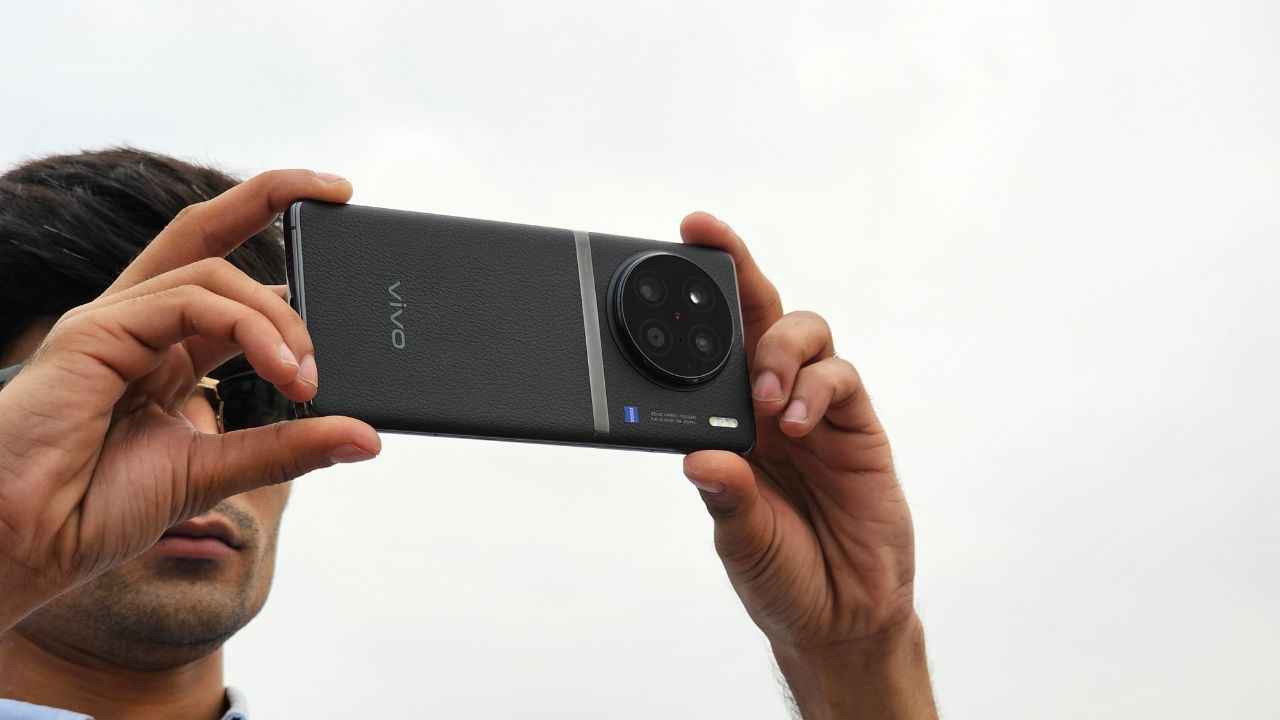
- Premium design, Beautiful display, Superb cameras
- Camera module protrudes too much, No telephoto shooter, No improvement in FunTouch OS
With the Vivo X90 Pro, we get what is probably one of the best camera setups in the industry right now, with the help of German camera maker Zeiss. You can take stunning pictures pretty much every time you use this camera. The Vivo X90 Pro also marks the Vivo – Zeiss partnership expanding beyond the camera, making the smartphone feel more “Zeiss” than ever. The camera, the design, the display implementation is where we see traits of the German camera maker. Given the Rs 84,999 launch price, we can say the same thing about the price as well.
Smartphone photography. Smartphone photography has changed the game when it comes to optics and imaging. Mobile photography is evolving at a higher pace than we’d have guessed a few years back. Smartphones are coming closer to conventional cameras in terms of the image quality and in smartphone manufacturers’ quest to achieve the best optics from a smartphone, OEMs are partnering with legacy camera brands to develop their camera systems. OnePlus partnered up with Hasselblad, Vivo collaborated with Zeiss, and more recently, Xiaomi’s joint venture with Leica. Before that, we saw Nokia – Zeiss and Huawei – Leica.
The Vivo X90 Pro is the latest product that has come out of these collaborations. One of the first MediaTek Dimensity 9200-powered smartphone, the Vivo X90 Pro comes with supreme camera chops, a vibrant display, and a design that gives the smartphone its own distinct camera-like look and feel. We tested the Vivo X90 Pro for some time and here is our full review of the smartphone.
Vivo X90 Pro: Design
Starting with the design, the Vivo X90 Pro looks like a camera-centric device from the moment you set eyes on the phone. We get a massive circular camera module that holds the triple rear camera setup. The back panel has a leather-finish which feels super premium to hold and look. The back panel is divided into two parts with a chrome strip running from right below the camera eye, as Vivo calls it. We also get “Xtreme Imagination” branding on this chrome strip, which is Vivo’s marketing tagline for the X90 Pro.
Up front, the Vivo X90 Pro has a curved display with a hole-punch camera. The curved display implementation is similar to last year’s Vivo X80 Pro. The volume rockers and the power button are placed on the right side of the frame. The USB type-C port, SIM tray, and the speaker grille are placed at the bottom, and the top frame of the Vivo X90 Pro says “Professional Photography,” something we have also seen on other Vivo smartphones.
Overall, the Vivo X90 Pro looks and feels super premium. The leather finish back panel, the metal frames, the curved display, everything is top quality. The only thing I didn’t like about the design, is that the camera module or the camera “eye” as Vivo calls it, protrudes a bit too much from the back panel, something we have seen with other 1-inch camera sensor smartphones.
Vivo X90 Pro: Display
Coming to the display, the Vivo X90 Pro uses a 6.78-inch AMOLED panel with an FHD+ (1260 x 2800) resolution and 120Hz refresh rate. The display quality on the Vivo X90 Pro is very good, but it felt kind of dull as compared to other flagships. In terms of colour accuracy and sharpness, the Vivo X90 Pro doesn’t disappoint. The colours on the display are pretty accurate, and the sharpness is on-point. Throughout my usage, I didn’t find the Vivo X90 Pro’s display to be lacking in detail or sharpness.
The colours don’t seem as vibrant as on some competing devices. For example, I put the Vivo X90 Pro against the Samsung Galaxy S23 Ultra side-by-side with the same screen, and the Samsung Galaxy S23 Ultra’s display felt more vibrant or saturated as compared to the Vivo X90 Pro. Now, that is not a bad thing at all, just some people prefer to see brighter colours on their smartphone display.
Another thing Vivo has done with the display this time around is that the company has spilled-over its collaboration with Zeiss from the camera, towards the display now. On the X90 Pro, we get a “Zeiss Natural Colour” colour profile, which is calibrated by Zeiss. This colour profile gives the Vivo X90 Pro’s display a true-to-life colour profile, which is slightly warmer than Vivo’s preset “natural” colour profile.
Coming to responsiveness and brightness, this display is good. We get a 120Hz LTPO panel, so the smoothness or responsiveness on the Vivo X90 Pro’s display is super slick. I used the smartphone locked on 120Hz refresh rate throughout my review, and did not experience any lags or frame drops. The experience was nothing short of slick and responsive.
The brightness, on the other hand, is claimed to be 1,300 nits. However, we tested the brightness using a Lux Meter, and the Vivo X90 Pro showed a maximum brightness of 831 nits on a plain white screen. The minimum luminance that the Vivo X90 Pro achieved was about 8 nits using a Lux Meter. While the numbers aren’t all that bad, the display brightness is not the best I’ve seen in this segment. There were times when I struggled with the outdoor visibility of the Vivo X90 Pro, especially when there are a lot of reflections on the display.
Vivo X90 Pro: Performance
Coming to performance, the Vivo X90 Pro is one of the first smartphones in India to come with MediaTek’s latest flagship chipset, the MediaTek Dimensity 9200 SoC paired with 12GB of RAM. The Vivo X90 Pro also comes with a bigger vapour cooling chamber to keep the thermals in check, and we get the latest and super-fast UFS 4.0 storage.
Starting with numbers, the Vivo X90 Pro showed an impressive score of 1,210,175, which is one of the highest among all the flagship smartphones we have tested so far. On Geekbench, the Vivo X90 Pro has the highest-ever single core score of 1,700, along with a multi-core score of 4,328.
In other PC-based benchmarks also, the Vivo X90 Pro held its own among competition. While the smartphone didn’t score the highest in all benchmarks, the numbers are similar to the Snapdragon 8 Gen 2-powered smartphones we have tested so far in 2023. However, the Vivo X90 Pro with the Dimensity 9200 was way ahead of competition in the single-core Geekbench test, despite not having the highest clock speed among other devices.
In GPU-based tests, the Vivo X90 Pro again showed impressive numbers. The smartphone had one of the highest scores in the 3D Mark Wildlife Extreme test, and fared very well in other tests like GFXBench.
Coming to experience, the Vivo X90 Pro felt everything a flagship should, in terms of speed, smoothness, and quality. App loading times are minimal, the smartphone switching apps effortlessly, multi-tasking is not an issue and the Vivo X90 Pro doesn’t heat up as much also. Vivo’s V2 chip also helps in enhancing the overall performance a bit, since that takes up most of the processing for all the camera features that the Vivo X90 Pro has going for it.
Vivo X90 Pro: Camera
Camera is where Vivo has put its best-foot-forward with the Vivo X90 Pro. The Vivo X90 Pro is the first Vivo smartphone that comes with a 1-inch camera sensor that is tuned by German camera maker Zeiss. The Vivo X90 Pro has a triple rear camera setup. This includes the 1-inch 50-megapixel Sony IMX989 sensor, a 50-megapixel portrait lens, and a 12-megapixel ultrawide angle lens. With the camera, there is a lot going on. The Vivo X90 Pro has pretty much aced the game when it comes to smartphone cameras. This year around, Vivo has focused on portraits. The company has put a 50MP telephoto portrait shooter on the Vivo X90 Pro which works with a 50-megapixel primary and a 12-megapixel ultra-wide angle lens.
The images out of the Vivo X90 Pro’s camera look straight out of a professional camera. The 1-inch camera sensor lets in enough light to allow users to click fantastic images in all kinds of lighting conditions. With the help of Zeiss, Vivo has been able to optimise the camera in a way that it gives users too much stuff to play around with and take their smartphone photography to the next level.
I used the Vivo X90 Pro’s camera extensively during an immersion session in Vietnam, and I was impressed with the device’s capabilities. The images are sharp, crisp, and extremely accurate in terms of depicting colours and light. With the Vivo X90 Pro, it is super easy to get a good shot. The camera captures enough detail, represents an accurate image, and has a lot of things going for it that make the photos from this camera stand out. For example, Vivo has used Zeiss’ T-Star (written T*) coating on each lens of the camera, which basically reduces lens flare while clicking photos that include brightly-lit elements like the sun or lights. This also helps in creating more accurate low light shots, since the light from sources doesn’t overflow or blow up.
There are other camera smarts here as well. For example, we get a Zeiss Natural Colour setting in the camera, which is basically a more true-to-life colour profile. The images without the Zeiss Natural Colour mode are more towards the vibrant or more saturated side.
Further, the detail retention in these photos, largely due to the 1-inch camera sensor, is also great. I pitted the Vivo X90 Pro against the Samsung Galaxy S23 Ultra in some images, and despite the Samsung’s 200-megapixel sensor, the Vivo X90 Pro still had better detail retention in many scenarios. I especially like how the Vivo retains the sky patterns in low light conditions. This is with the help of the 1-inch camera sensor that lets in enough light to allow the AI to read the sky patterns, even when the sun is almost set.
Coming to portraits, this time around Vivo has focussed on the portrait mode of the Vivo X90 Pro, and the results show. The edge detection is brilliant, and the f/1.75 aperture helps with the background blur, which can be adjusted to up to f/4.0 – that is a wide aperture range for users to play around with. Furthermore, the skin tones is yet another thing Vivo has spoken a lot about, and the X90 Pro does skin tones quite well. It keeps things accurate, and doesn’t smoothen the skin too much. In the initial days, the portrait mode was having issues with highlights and edge detection, at times blowing up light on the subject’s face, but this was fixed with an OTA update much before the launch. The edge detection (by default) is also a bit too aggressive, but that also can be fixed by adjusting the aperture settings in the camera app.
Coming to features that users can play around with, this time around we get an “Architecture Mode” and APC (automatic picture correction), which adjusts the photo automatically to allow you to keep the framing straight. Further, we get a lot of filters and LUTs that are calibrated by Zeiss. There is also a new “sports mode” or night sports mode, which increases the shutter speed by a margin! This can be used to click fast-moving objects like cars or sports players – basically things that move too fast and people struggle to capture them. I tried this and I was super impressed with the shutter speed. Let alone cars and sportsmen, the sports mode on the X90 Pro is also able to capture birds' wings, freeze water in frames, and capture pretty much anything in action. Superb stuff.
Overall, this is one of the most comprehensive camera setups out there. The quality of images is brilliant in pretty much all lighting conditions. Low light, especially, is very good. At times, the device is able to click pictures even in pitch black environments, and the portraits look straight out of a mirrorless camera. There are a few issues here and there, for example the Vivo X90 Pro also does a bit of a colour shift when focusing on smaller subjects, and slight inconsistency between shots from the primary and wide angle shooters. But apart from that, Vivo has pretty much aced the camera game with the X90 Pro.
Vivo X90 Pro: Verdict
So the Vivo X90 Pro is the latest Android flagship. It looks stunning with the leather back and camera “eye” (although the module may be too thick for some users). There is a chrome strip running in the middle of the back panel, and we get a nice curved display up front. Further, the Vivo X90 Pro is one of the first MediaTek Dimensity 9200-powered devices in India, and it performs just like how you’d expect an Android flagship to. The benchmark numbers are right up there with competition, and the gaming experience on the Vivo X90 Pro was also pretty decent.
On top of that, we get what is probably one of the best camera setups in the industry right now, with the help of German camera maker Zeiss. You can take stunning pictures pretty much every time you use this camera. The Vivo X90 Pro also marks the Vivo – Zeiss partnership expanding beyond the camera, making the smartphone feel more “Zeiss” than ever. The camera, the design, the display implementation is where we see traits of the German camera maker. Given the Rs 84,999 launch price, we can say the same thing about the price as well.
Overall, everything is just plain good on the Vivo X90 Pro – from the camera to the build quality. It’s just the FunTouch OS software that makes it difficult to recommend the Vivo X90 Pro over the likes of Samsung and Apple.
Vivo X90 Pro Key Specs, Price and Launch Date
| Release Date: | 26 Apr, 2023 |
| Market Status: | Launched |
Key Specifications
Screen size (in inches)
6.78
Rear Camera Megapixel
50
Battery capacity (mAh)
4870
Storage
256

